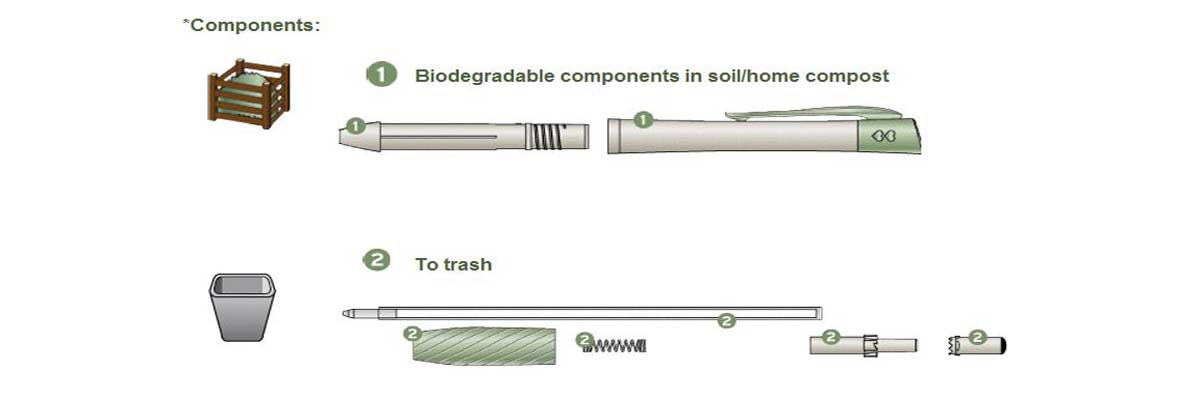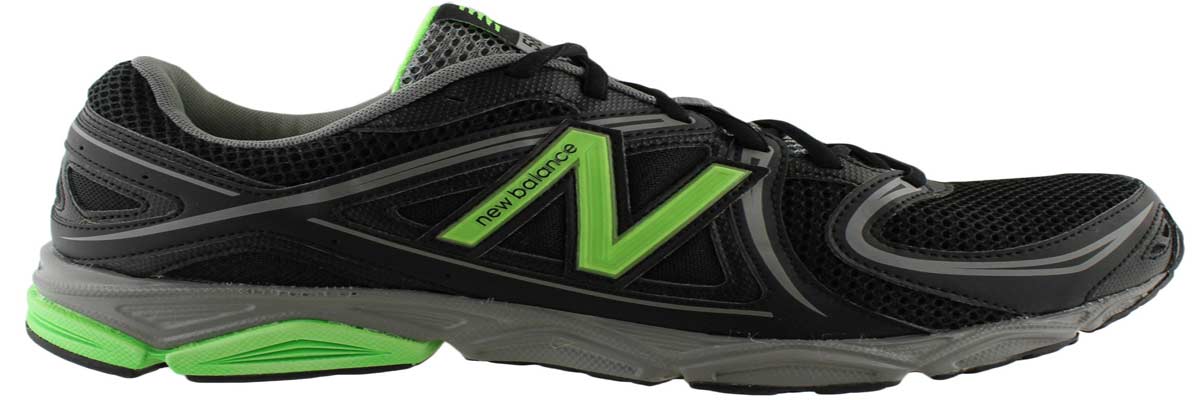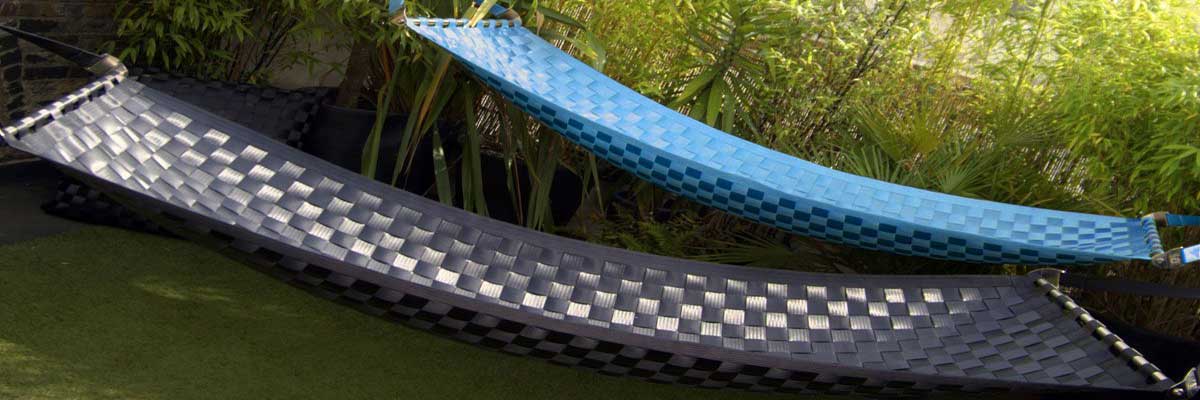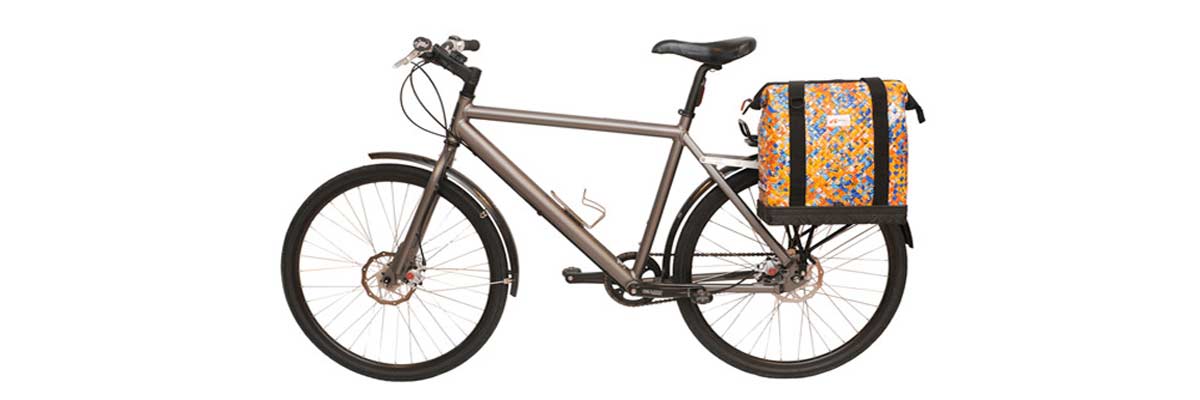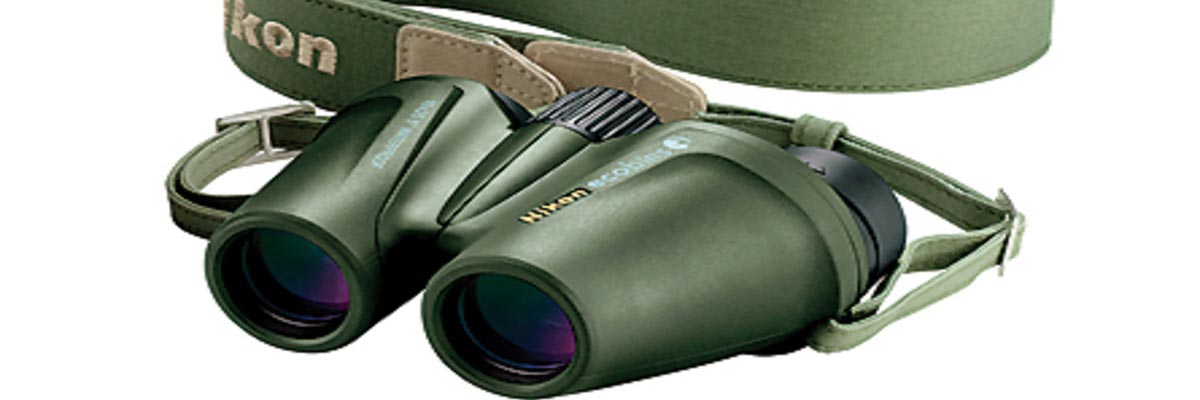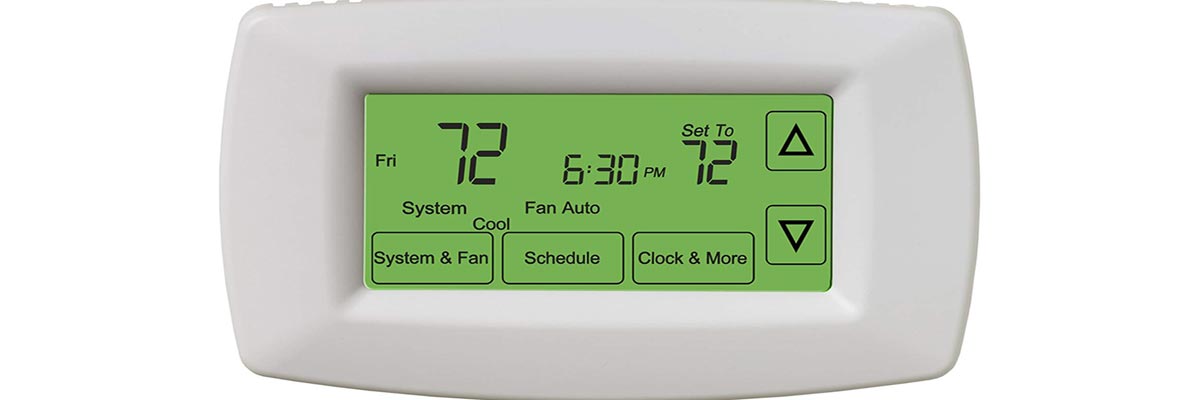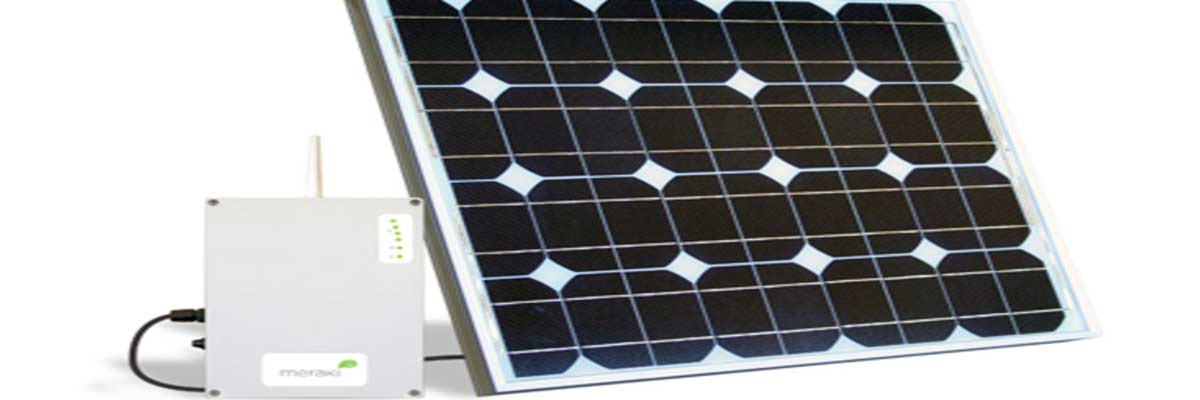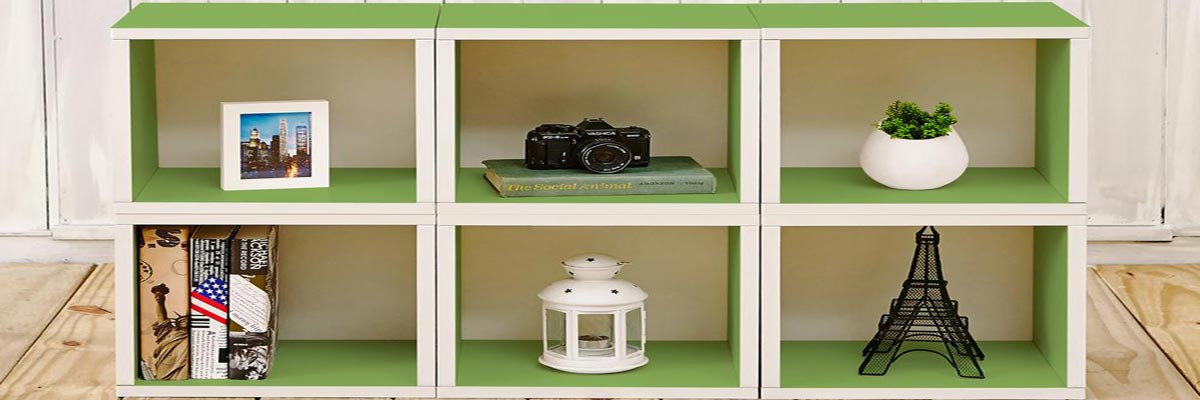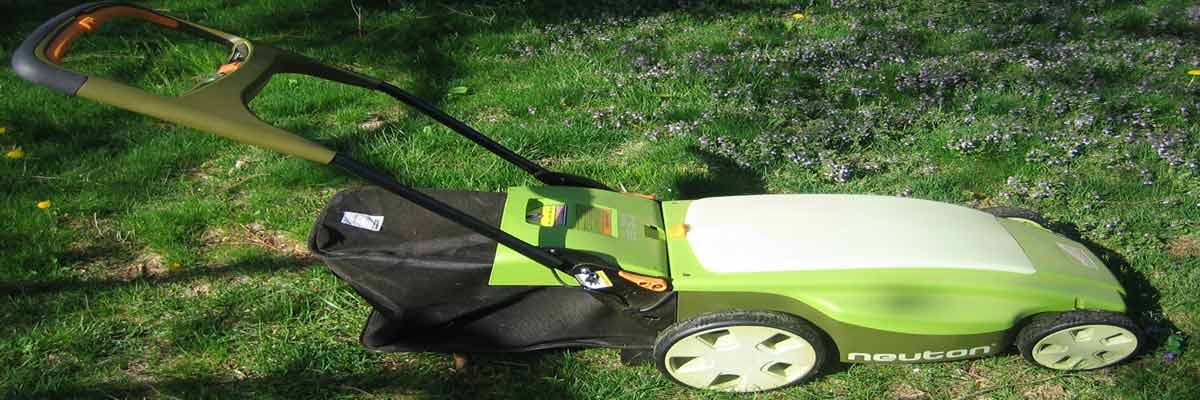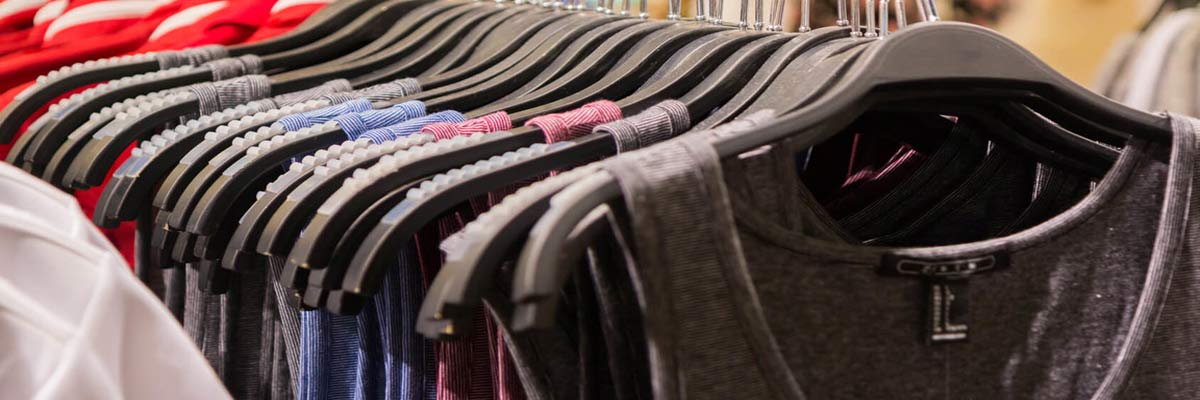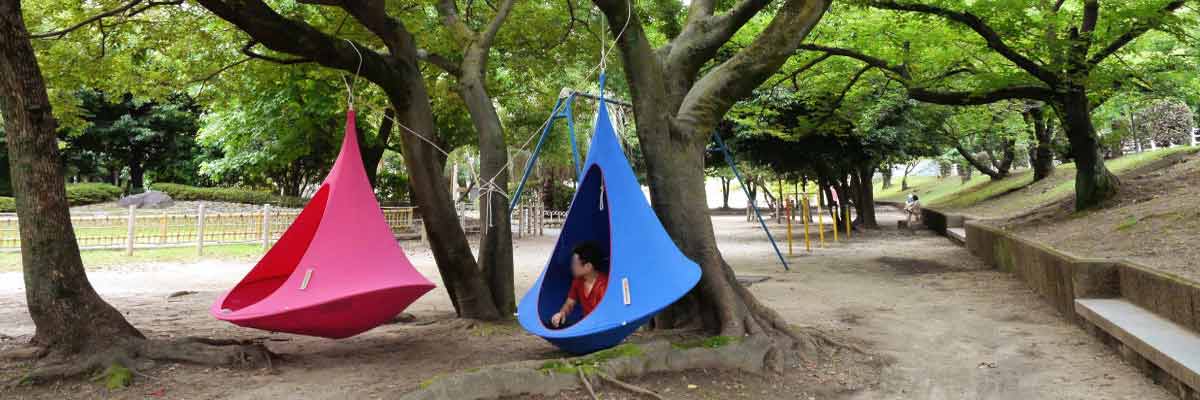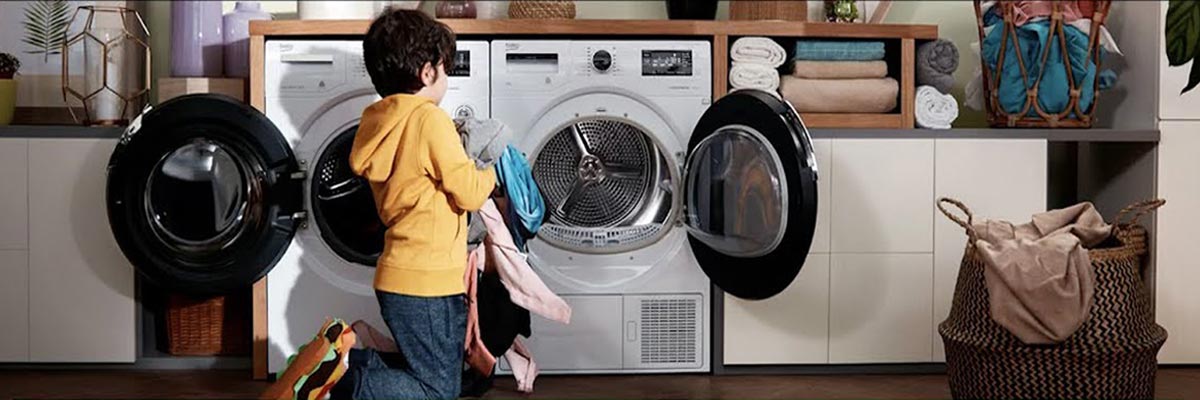Paper Mate Pens – Now with Less Waste…
Paper Mate sent me a few of their new pens and mechanical pencils to try out in honor of Earth Day. Now while I don’t think that compostable pens are the solution to the world’s problems – I guess I have to give credit to companies for trying to reduce waste and come up with solutions to our overflowing landfills.
The pens work just as well as the normal Paper Mate varieties, I’m a blue ink kind of guy. They’re also very comfortable, but that comes at the expense of a non-compostable grip. The ink hasn’t run out yet, but when it does, I’ll throw it in the bottom of my composter and see what happens. It’s supposed to take a year to break down, but with the generous heat from my food waste-leaves-grass combo, maybe it’ll take less time.
Just don’t forget to break the pen down before composting. There are many non-compostable parts that still need to be removed.
Spyware Disguised As Eco Antivirus Tricking Users
Environmentally-conscious PC owners beware! There’s a fairly recent spyware virus out there that takes advantage of the green movement to promote an entirely different agenda.
Called “Eco Antivirus”, the app poses as green security software — offering to help conserve the energy your computer consumes while searching for malicious bugs. Unfortunately, the app is a malicious program itself that “bombards the screen with a series of fake security warnings, deceiving scans and aggressive marketing designed to persuade the user to visit the Eco AntiVirus website to purchase the malicious software.”
While those infected have reported it being something of a nightmare to remove the spyware, there are now legit apps to handle this wolf in sheep’s clothing.
Lesson here? Don’t download suspicious software without first doing a bit of googling to pull back the curtain on any BS green claims. Even software can greenwash.
New Balance 070 Eco Shoes Review: Green Kicks, Low Impact
More often than not, it’s great to have some solid connections in the green world. Shea Gunther— one of the top green bloggers on the web and twitter — casually threw a question my way earlier this week: Would I like to try a pair of New Balance’s first ever green shoe for their “Eco-prefer Collection”. Would I?!
Less than 12 hours after I accepted, a shiny pair of New Balance 070s arrived on my doorstep. I tore open the box, admired the bold colors, and have pretty much been wearing them since. But first, let’s talk about what it is exactly that makes these shoes “green”.
Obviously, New Balance set out to completely re-think they way they design shoes in as environmentally-friendly a manner as possible. To that end, the 070 fits together like a kind of puzzle to reduce waste. The outsole features a rice husk fill that decreases the amount of rubber used in the production of the shoe. The insert, as well as all synthetics, are made from recycled materials. The upper materials use a combination of recycled polyester and natural materials. The upper is also designed so that everything has a symmetrical opposite. This was done to minimize waste as much as possible when cutting the material for the shoes.
Recycled Seatbelt Hammock Will Rock You Safely To Sleep
After discovering this recycled seatbelt hammock from TING, I’m convinced that there’s no limit to the clever reuse of discarded materials.
These gorgeous handwoven hammocks are made from reclaimed seatbelt webbing. They are water resistant, comfy, and most-definitely a conversation starter. Colors available include bright shades like hot pink, orange, camel, turquoise, chocolate or black. The company also makes a line of recycled pillow covers that look just as pretty. But recycled art comes with a price: $585 for each hammock. Ouch.
Recycled Bike Swag: Detours Toocan Juicy Travel Bag
While baskets are the eternal favorites for lugging things around with your bike — there may be times when you’d like those groceries or books to be a bit more contained. That, or you just need some additional space. Either way, these travel bags from Detours are a fantastic option — and with a very green characteristic: they’re made from recycled juice packs.
Each bag is made up of about 100 juice packs — with the company quick to add that no two bags are alike. Each features a bathtub rubber bottom, wide mouth, removable rain cover, reflective tail-light tabs on both ends, and will hold about 15lbs of your stuff. The only caveat is to beware placing sharp objects inside your Toocan — as the pouches can rip and tear up the seam. Otherwise, the company says the bag will last many years and then when done, you can just recycle it!
Seeing Green: Nikon Releases Eco-Friendly Binoculars
I never really thought of binoculars are being a contributor to environmental degradation, but after reading what Nikon has done to remove certain nasties from the production of their new “Ecobins” binocs, it’s evident that even uncommon goods are in need of some reform.
The Ecobins feature some nice green touches — like lead and arsenic-free Eco-Glass™ lenses and prisms, non-chloride rubber, and biodegradable materials for the case and strap (made without the use of harmful inks or dyes). The packaging is also eco-friendly, being produced from eighty-five percent post-consumer waste and printed on recyclable FiberStone® paper. The usual bells and whistles associated with binoculars are also included. From Gizmag:
Ecobins are waterproof and fogproof, use aspherical eyepiece lenses designed to deliver distortion-free viewing, internal blackening to minimize light loss inside binocular tubes and multi-coated lenses for improved brightness, contrast and true color.
Well played, Nikon. Well played.
Philips Master LED Bulb Is Oh So Pretty, Pricey, Promising
Philips has announced that their new Master LED Bulb will be ready for mass consumption this coming July. For all the energy-savings that CFL bulbs have given us, they’ve also had some PR issues — especially when it comes to light color and mercury. LED takes everything that CFL offers, turns up the efficiency (over 30x more long-lasting than a incandescent bulb), and contains no mercury.
There are still some issues to work out with LED — one being that this Philips is expected to cost $50-$70. But price and aesthetics will be resolved over time. I just find it amazing that with this technology in place, my kid won’t know what it’s like to change a light bulb for many, many, years.
Programmable Thermostat Giveaway!
UPDATE: One last day to enter! Send me your pics today for a chance to win! (see contest rules below)
Time for a great giveaway at Groovy Green. Home Depot is showcasing its energy saving products, and now is your chance to upgrade your old thermostat. This Ritetemp 7-day programmable thermostat mounts flush to your wall, is mercury free, and can save you up to $150 per year on your heating and cooling costs.
Here’s the contest rules:
- You must live in the United States.
- You have to be over 18.
- You must be willing to send us a picture of the thermostat after you’ve installed it.
Meraki Finally Releases Solar Powered Repeaters
Back in Summer 2007, I gushed over wireless hardware provider Meraki and their announcement of a solar-powered repeater. There are several scenarios — from college campuses to farms — where expanding wireless coverage is limited based on access to electrical outlets. Unfortunately, Meraki’s product wasn’t quite ready for prime time and I was left wondering if it would ever see the light of day.
Well, never underestimate a company partially backed by Google. Their new solar-powered repeaters are now for sale and look more robust and ready for Mother Nature than ever before. From the site,
“Each unit is completely self-contained and ready to mount on roofs, poles, or anywhere else the sun shines. The Solar is completely energy independent and runs on its own state-of-the-art solar-charged battery.”
zBoards Give New Meaning To Sustainable Modular Furniture
There’s something to be said for the creative pursuit of modular home furniture. Nobody likes being “boxed” in when it comes to accessorizing — and surfing the web or burning fuel to find something that fits just right is more often than not a giant pain in the ass.
That’s why it was refreshing to come across Way Basic’s zBoards this morning. Not only are they made from 99% recycled materials (and recyclable) but they also require no tools to put together — just stick and build. From the website,
Organic Insect Repellent is Available by EcoSmart
EcoSmart insect repellent has offered a free sample of their insect repellent to a randomly drawn Groovy Green reader. (Until I got this e-mail I didn’t even know that there was stuff like this)
If you are interested in being entered just leave a comment on this post and I’ll randomly select a winner.
One caveat: If you are the winner I may ask you to write a quick review for the site so we can have some first hand experience with the product. But I may not, so don’t let that keep you from entering!
Good luck!
The Neuton Electric Lawn Mower Kicks Some Serious Grass
UPDATE: Ecorazzi is now giving away a Neuton in celebration of their two year anniversary. One person will be chosen at random.]
Before I start this review, you should know that I have a love/hate relationship with lawns. Living in the Northeast, they’re a necessary evil when one has not yet shifted an entire backyard to something built on permaculture. On the other hand, a recently cut lawn does look beautiful and sharp — something drilled into my head from summers of mowing other lawns to make cash in High School.
When my lawn turns colors from a lack of rain, I do not get out the sprinkler. I consider it a vacation from the weekly chore of mowing. If weeds or other variants of grass make their presence known, I consider them compliments to the scenery. It amuses/depresses me to no end the amount of resources Americans spend on the upkeep of lawns across the US — especially in places where grass has no business growing in the first place.
Creative, Eco-Friendly Custom Cardboard Coffins Are Just A Click Away
We’re all about choice when it comes to death here on GroovyGreen. Sure, you don’t have much say in how you’ll go, but you can definitely make sure your exit is packaged just right. Take for instance these eco-friendly custom cardboard coffins from Creative Coffins. Each one is made from 60% recycled paper plus wood pulp sourced from sustainable forests, contains only natural starch-based glues (no screws, bolts, tape, or other fittings), handles made from natural woven cotton, and is completely non-toxic. Better yet, you can have them custom designed — or choose from any number of beautiful designs already on the site.
My favorites are the “Gone To Seed” theme or the “Box of Candy” design — mainly because it would be really funny to see some kid’s face if they thought it was a giant box of candy. Ok, probably not.
For Eco Friendly Gear Check out These Retailers
Greenzer has an article up comparing the use of water bottles to water filters and reusable drinking bottles.
Greenzer by the way, is a one stop shopping location for earth friendly goods. They have the most comprehensive listing of earth friendly things I’ve seen.
If you are looking for earth friendly gear check out Eco-Gear.
How about a recycled wind storage device? See Storvino.
Vegan Fashion online is an interesting place to check for your Vegan clothing needs.
All Hail The New Green Browser: Flock Eco!
Earth Day is quickly becoming not only an event to celebrate the planet — but also to look forward to a number of cool green technologies that love to launch on this iconic day. Already today, I’ve seen two great new developments: One, is Sungevity— a great online tool for Californians that displays a satellite map of your home, calculates solar installation costs, and mockups of what your roof might look like with the panels. Should you decide to purchase, the company takes care of all the details — including all the zoning permits and install crews. You just need to sign the dotted line. Awesome.
Next — and this is one we’re most excited about — is Flock Eco, a brand new take on the Flock Browser that comes fully loaded with green content AND gives 10% back to environmental causes every time you browse. Now, even reading your favorite sites can help generate money for worthy organizations! From the release,
Treepee: A Tent That Truly Belongs In The Trees
If you’ve ever wanted to avoid contact with earthly critters or simply understand what it’s like to be a piece of fruit, the Treepee looks to be a pretty good way to do it. Just hang the tent from a sturdy tree, secure the corners, and you’ll be swaying pretty. From the description:
Four tethers, one on each corner, allow the Treepee to be secured for a less mobile ride. Bug nets on the windows allow air to circulate without letting any little critters in. The fabric is fire retardant, water repellent and PU Coated. The fabric has a UV protection factor of 50+. There are pockets on the inside for storage and a bag on a pulley which allows essential supplies to be hauled up into the ‘den’.
Want one? Start saving — the thrill of hovering will cost you about $600. But hey — at least you’ll be safe while your friends are carried away by fire ants.
Mini Solar Cell Strap Is Kind Of Useful, Definitely Dorky
There are a myriad of solar cell phone chargers out there, but this is the first one I’ve found that actually encourages you to carry it around with you. I understand the frustration of a dead cell battery, but attaching something else to to your cell phone just seems cumbersome. Granted, you can charge this little device separately and then use it to power up, but eh. Looks like something that might catch on in Japan rather than the States. If this is your thing, it will be available February 9th.
New Eco-Friendly Washing Machine Takes Only 14 Minutes To Get The Job Done
Got 14 minutes? With this new eco-friendly washing machine from Beko, you’ll be throwing some clean clothes up on the line pretty quick. Its latest release is a tricked-out, energy efficient marvel with a 14-minute wash cycle. The benefits for those that are energy-conscious are evident, but the technology inside this thing also calculates the exact amount of water required according to the type and quantity of the laundry. For those suffering through some intense droughts, this might be a wonderful option for conservation.
Beko has already received an eco-award for its energy efficiency. The only thing one hopes is that the models will be carried beyond the UK. Current price is a reasonable £349.
Philips’ 42-inch Eco TV Is Perfect For Your Off-Grid Home
It doesn’t come in green, but Philips’ new 42-inch Eco TV is certainly sporting some earth-friendly credentials.
Announced at CES 2008, this television is packed with power-saving features; something a few of my off-grid friends might find interesting when considering their next (or first) television. From the article,
“Chief among them is the ability to dim the backlight–by up to five times peak brightness–in response to program material, much like the “local dimming” found on Samsung’s LED-based LN-T4681F. Dimming the backlight in darker scenes has the dual benefit of saving power and improving black-level performance, according to the company. The backlight can also be dimmed via a room lighting sensor, so in dark rooms it will use less power. There’s also traditional a “power-saving” mode that caps the peak light output.”
